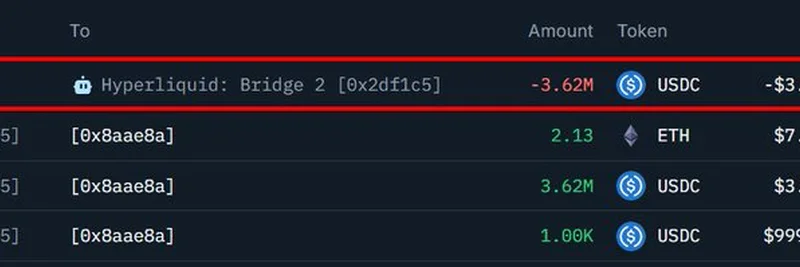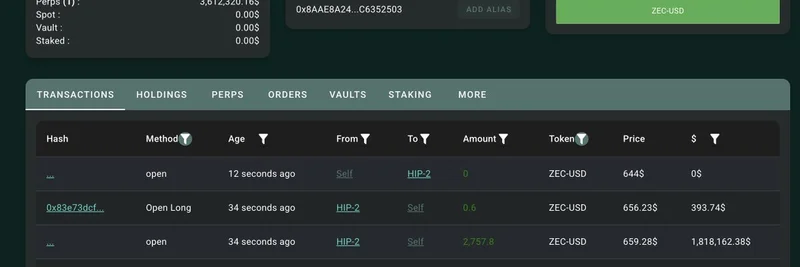Ever struggled to explain crypto to your friends or family without their eyes glazing over? You're not alone. In a recent clip from the "When Shift Happens" podcast, hosted by Kevin from @KevinWSHPod, Bitwise CIO Matt Hougan drops a game-changing analogy that makes blockchain crystal clear. Let's dive into it and see why this simple explanation could be a breakthrough for understanding meme tokens and the broader crypto world.
PayPalのアナロジー:シンプルに説明
Hougan starts with something everyone knows: PayPal. When you send money via PayPal, it feels instant because everything happens within one database controlled by the company. If you transfer $100, PayPal just updates a single entry—no fuss, no delays.
Now, contrast that with traditional banks. Transfers take time because they involve coordinating multiple databases across different institutions. It's clunky, slow, and full of middlemen.
Enter blockchain: It's like having one global database that updates in real time, but with a twist—no single company, bank, or billionaire calls the shots. This means you can move money or assets worldwide instantly, without trusting anyone. Hougan calls it one of the biggest financial innovations in the last 200 years.
Check out the original tweet for the full clip and join the conversation.
ミームトークンにとってなぜ重要か
At Meme Insider, we're all about meme tokens—the fun, viral side of crypto that often gets overlooked in serious discussions. But Hougan's analogy shines a light here too. Meme coins like Dogecoin or newer ones built on Solana or Ethereum thrive on this decentralized database. You can own, trade, or even create digital memes as assets without needing permission from a central authority.
Think about it: That frog meme or cat token you hold? It's not just a joke; it's true digital property on a global ledger. No tech giant can shut it down, and transactions happen in seconds. This trustless system is what fuels the explosive growth and community-driven hype in the meme token space.
技術用語の解説
- ブロックチェーン (Blockchain): 本質的には多数のコンピュータ間で取引を記録する、共有され改ざんできない台帳です。暗号のバックボーンです。
- 分散型: 中央の管理者が存在せず、ハッキングや検閲といったリスクを減らします。
- デジタル資産 (Digital Property): NFTやトークンのように、ブロックチェーン上で実際に所有でき、検証可能な資産です。
この説明は初心者向けだけでなく、インフラがなぜ革命的なのかを改めて思い出させてくれます。ミームトークンがより高度な技術とともに進化する中で、こうした基本を理解していると次の大きな波を見極めやすくなります。
コミュニティの反応
The tweet sparked quick reactions on X, with users praising the simplicity:
- "Honestly best crypto explanation I've heard," said @CryptoExpressX.
- "Crypto's like PayPal, but no one owns the database," chimed in @0xOziii.
- Others called it "permissionless PayPal" and a great way to explain to non-crypto folks.
ツイートはX上で素早く反響を呼び、ユーザーたちはその分かりやすさを称賛しました:
- 「正直、今まで聞いた中で一番分かりやすい暗号の説明だ」と@CryptoExpressX。
- 「暗号はPayPalみたいだけど、データベースを誰も所有していない」と@0xOziii。
- 他にも「許可不要のPayPal」と呼ぶ声や、暗号未経験者に説明するのに最適だという意見が寄せられました。
このアナロジーは伝統的な金融と暗号のワイルドな世界の架け橋となり、多くの人の共感を得ています。
If you're diving into meme tokens, keep this global database in mind—it's what makes instant pumps, community airdrops, and viral launches possible. Stay tuned to Meme Insider for more insights on how these innovations play out in the meme economy. What's your go-to crypto explanation? Drop it in the comments!


